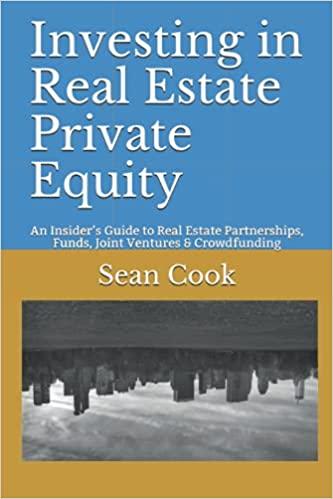A hedge fund has a capital of $100 million and invests in a long/short strategy on the U.S. equity market, with a long bias. It
A hedge fund has a capital of $100 million and invests in a long/short strategy on the U.S. equity market, with a long bias. It follows a 150/50 strategy meaning 150% long and 50% short.
Shares can be borrowed from a primary broker. The primary broker accepts that securities be deposited instead of cash. For any million of securities borrowed, the broker requires that 2
millions of any securities be deposited as collateral (for example you can borrow 10 million worth of security A and deposit 20 million worth of security B). No additional costs are charged
to borrow the shares. The hedge fund has drawn up a list of shares regarded as undervalued (list U) and a list of shares regarded as overvalued (list O). The hedge fund expects that shares in list U will outperform the U.S. index by 3 percent over the year, while shares in list O will underperform the U.S. index by 3 percent over the year.
a. What specific investment actions would you suggest?
b. Assume that the U.S. market goes up by 5% and that the expectations on shares U & O materialize (alpha of + 3% and-3%). Assume a zero interest rate. What is the return?
c. Given the primary dealer requirement (For any million of securities borrowed, the broker requires that 2 millions of any securities be deposited as collateral), what is the
maximum short position that you can take?[What I mean is could you become a 170/70, 200/100 or 250/150 long/short hedge fund?].
What is then the hedge fund return under the previous scenario?
Step by Step Solution
There are 3 Steps involved in it
Step: 1

See step-by-step solutions with expert insights and AI powered tools for academic success
Step: 2

Step: 3

Ace Your Homework with AI
Get the answers you need in no time with our AI-driven, step-by-step assistance
Get Started


